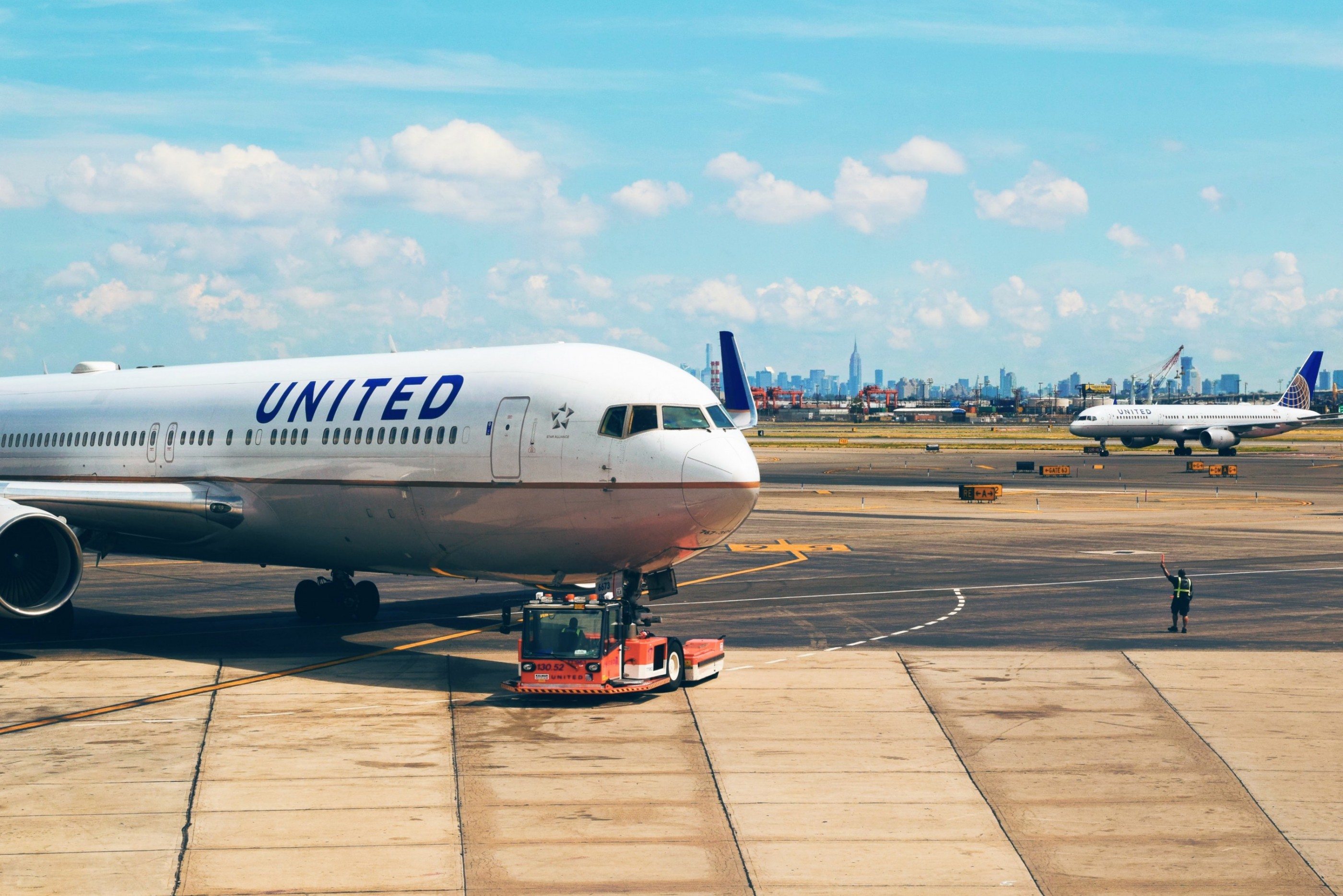Students, faculty and staff might have to pay a surcharge in the future when traveling by plane for university-related trips as part of an initiative to curb carbon emissions.
University President Wallace Loh approved the Carbon Neutral Air Travel Initiative in March as part of this university’s updated Climate Action Plan. The initiative seeks to eliminate climate impact caused by this university’s air travel, which accounts for 20 percent of its total carbon footprint.
The plan proposes to purchase carbon offsets. An organization can neutralize its carbon emissions by calculating them then buying carbon credits — permits that represent the right to emit a certain amount of carbon dioxide — from groups that eliminate the same amount of greenhouse gases from the atmosphere.
The Carbon Offset Implementation Committee, which started creating a plan in March, is creating recommendations for how to carry out the initiative. The committee is discussing where the funds to buy carbon offsets will come from, “which could very well include students, faculty and staff paying a surcharge,” said Sally DeLeon, project manager for the Office of Sustainability. Their goal is to start neutralizing all air travel emissions from 2018 on.
[Read more: UMD’s sustainability council is calling for a mandatory university carbon fee]
The surcharge might be a flat cost for the flight, less than one cent per mile, based on how many flights an individual takes per year, among other options, she added. This would not include airplane trips students take to and from school during breaks.
This university does not fund air travel for students studying abroad but pays for trips for certain events such as necessary business trips or student athletes traveling to away games.
However, Carlo Colella, university administration and finance vice president, said it is too soon to tell if that will end up being the case. The earliest the 12-person committee will have recommendations is May, DeLeon said.
Colella also said he knows from personal experience the surcharge would be about $5 for a domestic round-trip flight and shouldn’t affect whether an individual travels by airplane.
“Where you can avoid air travel, that’s clearly the best thing to do,” Colella said. “But when you have to take an airplane trip and it’s going to cost $500 round trip to go to a conference, I don’t expect an incremental cost of around $5 to impact someone’s decision to fly.”
[Read more: Climate Action 2016 Forum draws international audience, discusses combatting climate change]
Offsets for air travel could be voluntary through 2019, meaning members of the university community could opt to pay the cost to offset carbon emissions. But in 2020, the cost could become mandatory, according to the December 2015 Carbon Offset Work Group Report.
“There is a tremendous climate impact just in this one strategy,” said Mark Stewart, senior project manager for the sustainability office. “We anticipate neutralizing 50,000 metric tons of carbon dioxide per year.”
This university’s Climate Action Plan, created in 2009, stated one of its goals is to reduce emissions 50 percent by 2020. Between 2005 and 2015, this university reduced carbon emissions by 27 percent.
However, since this university adopted these goals, air travel has increased by 58 percent, according to the 2016 Campus Sustainability Report. These statistics are partially why this university decided to create this initiative, Colella said.
Business travel, studying abroad and athletics take up the bulk of university-related air travel.
Business travel has made up two-thirds of university air travel every year since 2009, and there has been a 108 percent increase in the number of international plane tickets purchased for business since 2009, according to the sustainability report.
In the 2015 to 2016 school year, 1,879 students studied abroad, according to the education abroad website.
Stewart noted an increase in athletic air travel could be due to the move to the Big Ten conference.
“When we were in NCAA conference, there were only one or two destinations teams had to fly to,” Stewart said. “But obviously many of schools in the Big Ten are farther away, so teams have to fly more often to get there.”
Colella said this initiative will help address emission from air travel, but there is still a long way to go.
“The plans in place will take us to a certain point,” Colella said. “But in the future we will need new technology and new approaches in order to reach the ultimate goal of being carbon neutral by 2050.”
CORRECTION: Due to a reporting error, a previous version of this story incorrectly stated the surcharge for the flight could be a flat cost of five cents per mile, based on how many flights an individual takes per year. The surcharge could be a flat cost of less than one cent per mile. This story has been updated.



